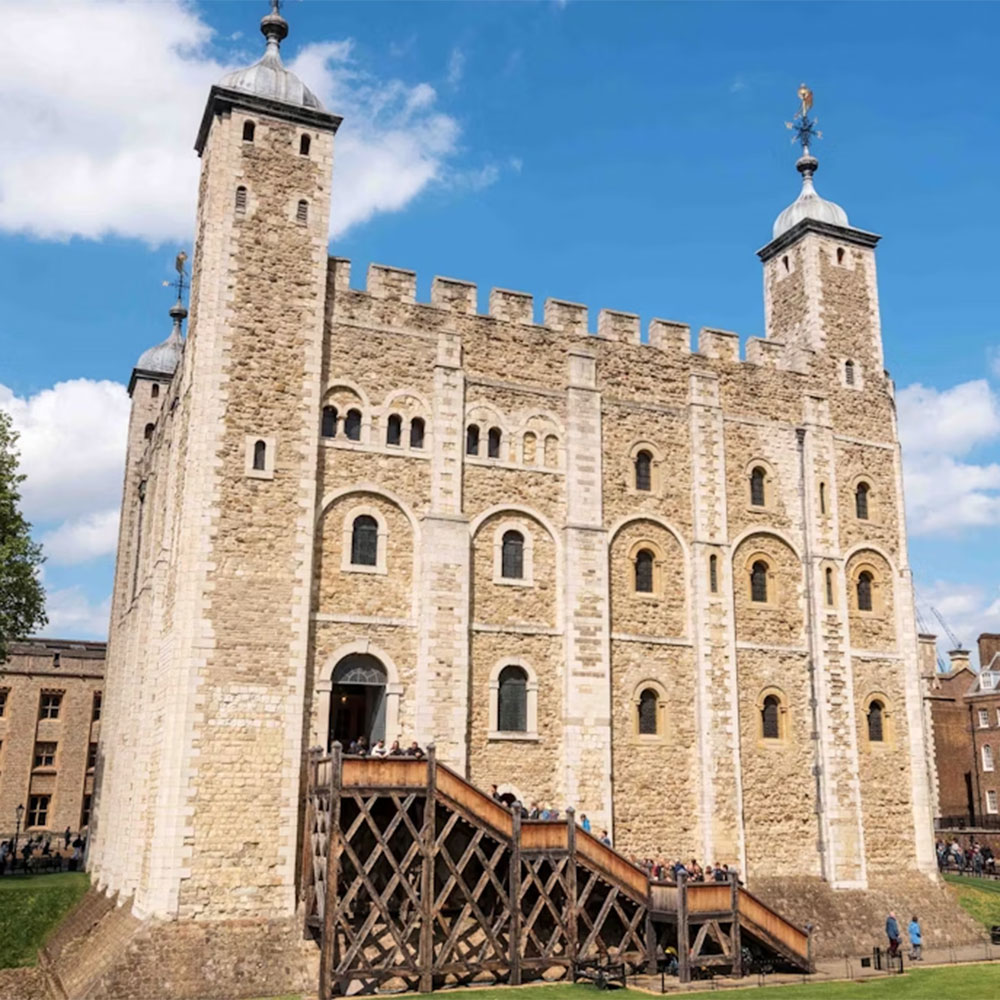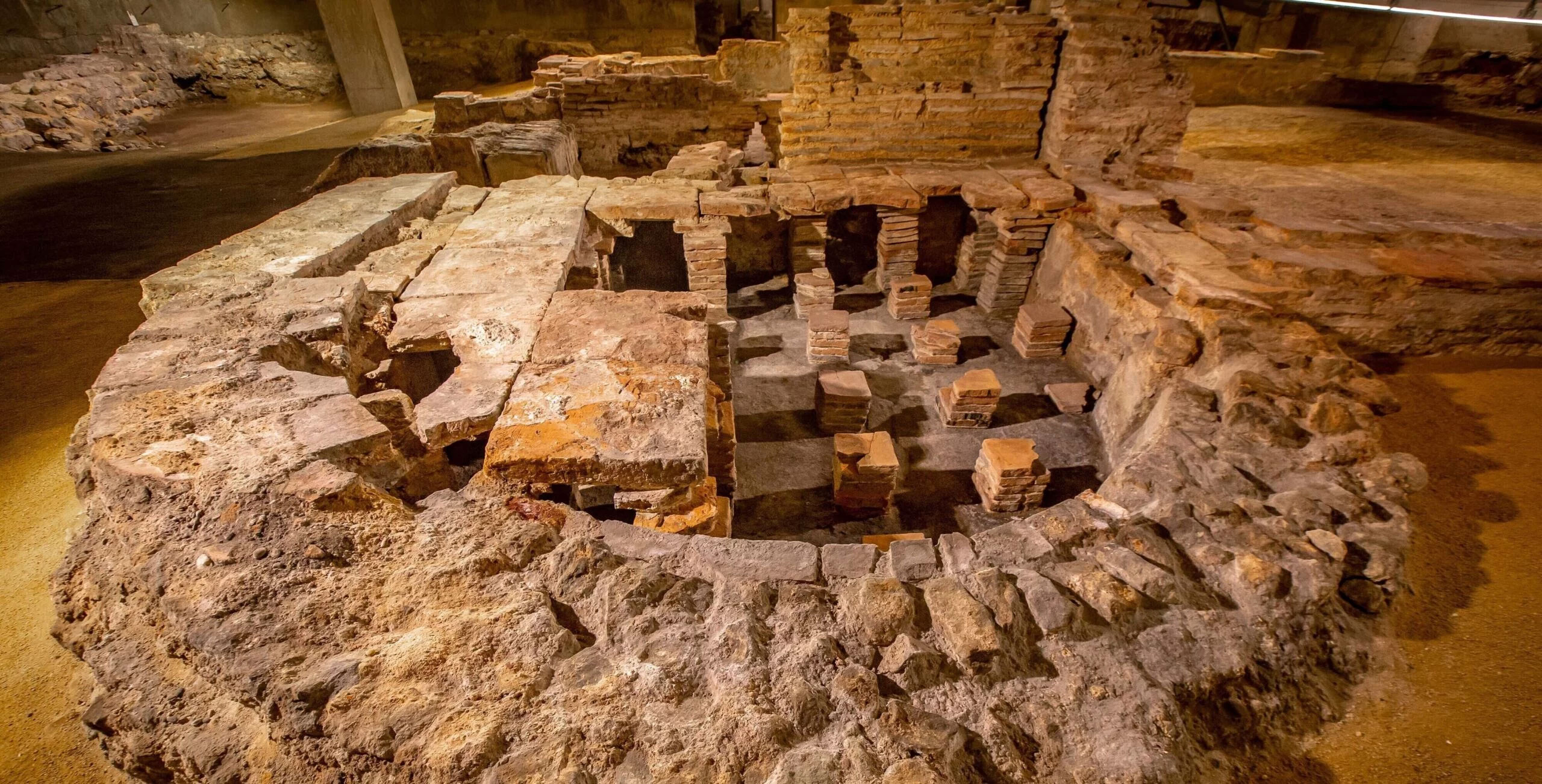
Roman Era – 11th Century
Architecture in London
Roman Era
Guildhall – Roman Amphitheatre, 70CE
MAP | CENTRAL LONDON, CITY OF LONDON
Lost for centuries, the original circular walls of the Amphitheatre were rediscovered by archaeologists working on the site of the new Guildhall Art Gallery building in 1988. Visitors can now step into these well-preserved Roman ruins in which crowds would once have gathered to watch wild animal fights, public executions and gladiatorial combats.
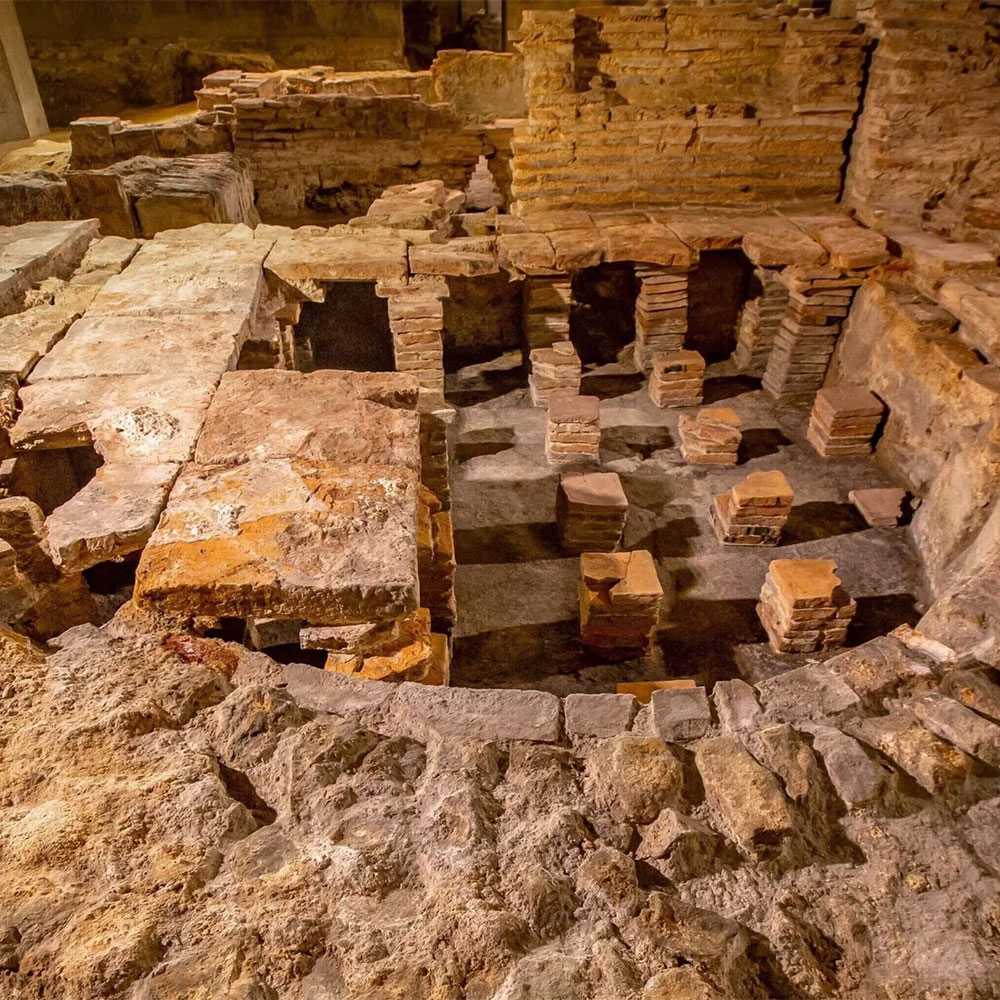
London Mithraeum, 240CE
MAP | EAST LONDON, CITY
The site lies over the course of one of London’s lost rivers, the Walbrook. Nearly 2,000 years ago when Londinium was founded by the Romans, this river marked the limits of their first settlement. In the 3rd century CE, nearly 200 years after the founding of London, a Roman Londoner, built a temple to the god Mithras on this reclaimed ground, next to the river.
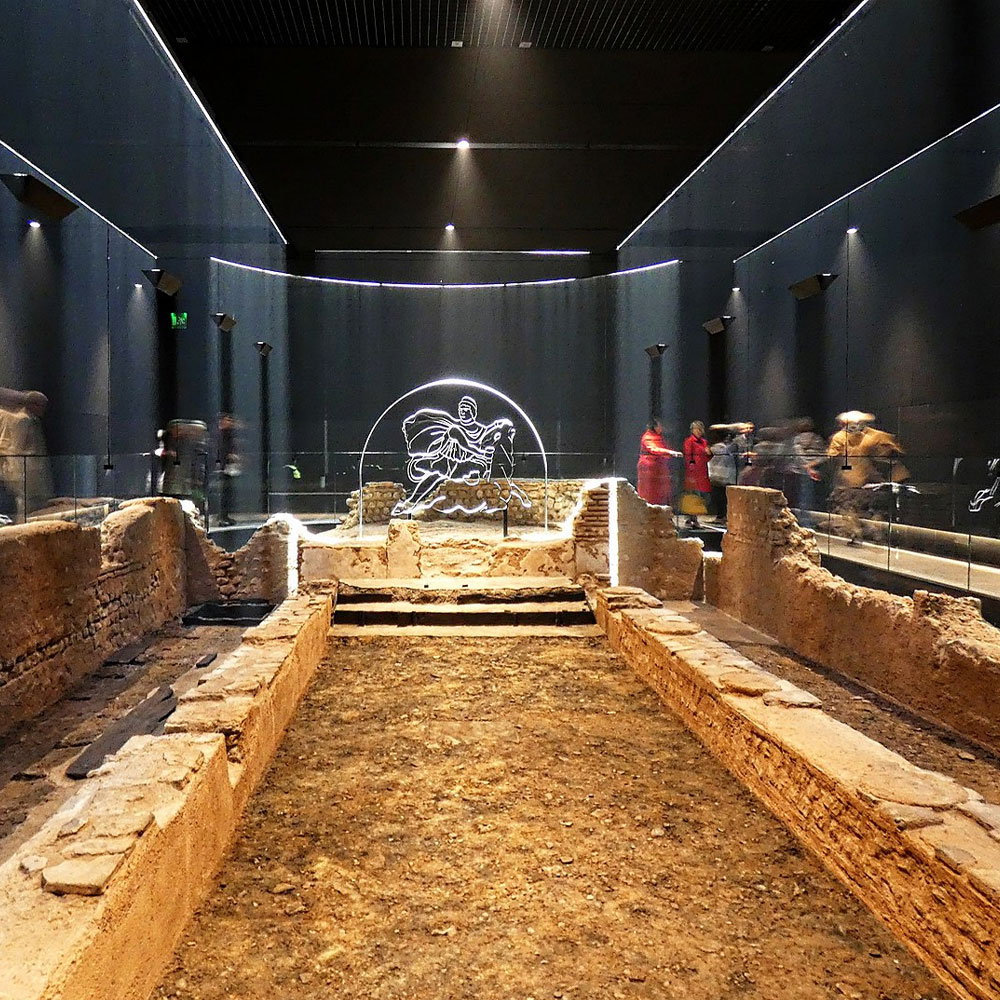
7th century
All Hallows by the Tower 675 CE
MAP | EAST LONDON
All Hallows by the Tower is the oldest church in the City of London and was founded by the Abbey of Barking in 675CE, 300 years before the Tower of London. An arch from the Saxon church can still be seen today. In the crypt beneath is a second century Roman pavement, discovered in 1926, evidence of city life on this site for nearly two thousand years.
Three outstanding wooden statues of saints dating from the 15th and 16th centuries can also be found in the church, as too an exquisite Baptismal font cover which was carved in 1682 by Grinling Gibbons, and which is regarded as one of the finest pieces of carving in London. HIDDEN TREASURES
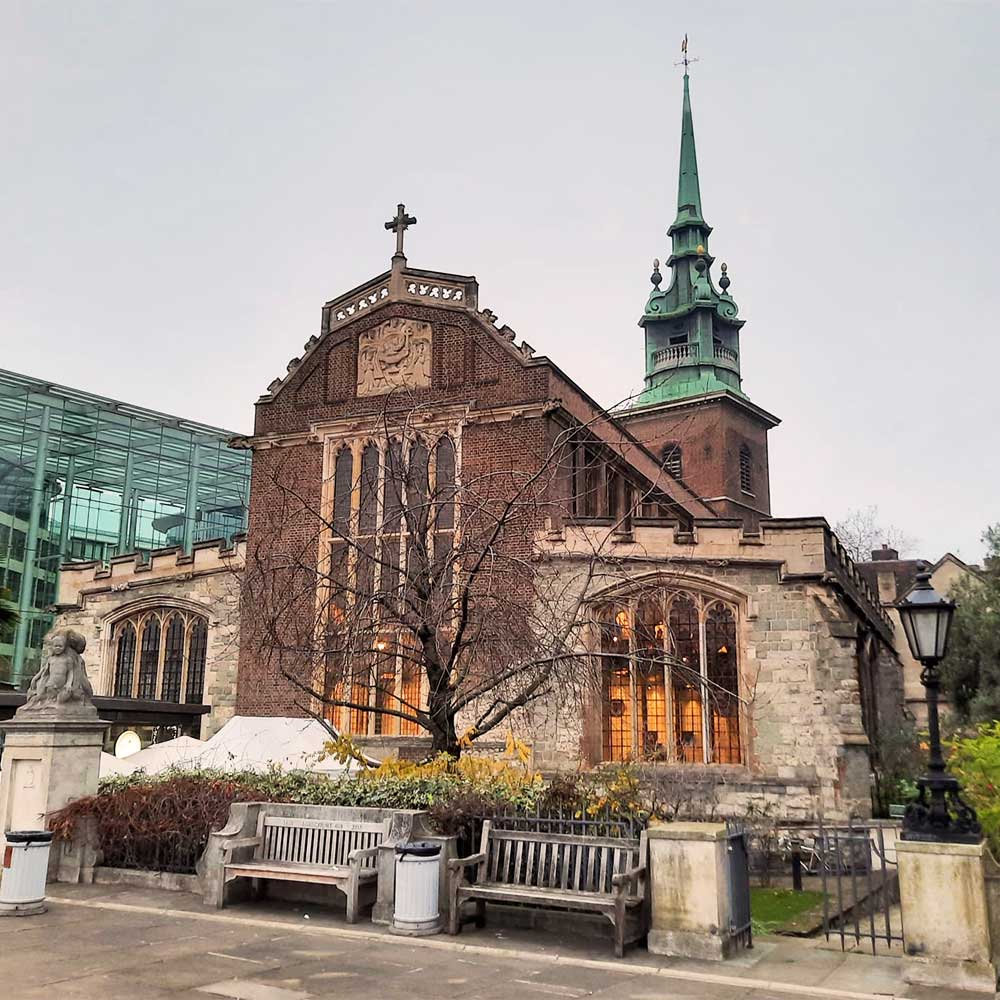
11th century
Windsor Castle, 1070-1992
MAP | WINDSOR
Architects: Jeffry Wyatville, Edward Blore, Anthony Salvin, Hugh May, Giles Downes, Henry Emlyn
Windsor Castle is a royal residence at Windsor in the English county of Berkshire, about 25 miles west of central London. It is strongly associated with the English and succeeding British royal family, and embodies almost a millennium of architectural history. Windsor Castle is the oldest and largest occupied castle in the world. It is open to visitors throughout the year. Founded by William the Conqueror in the 11th century, it has since been the home of 40 monarchs.
Open Daily: 10am-4pm (Check for closures)
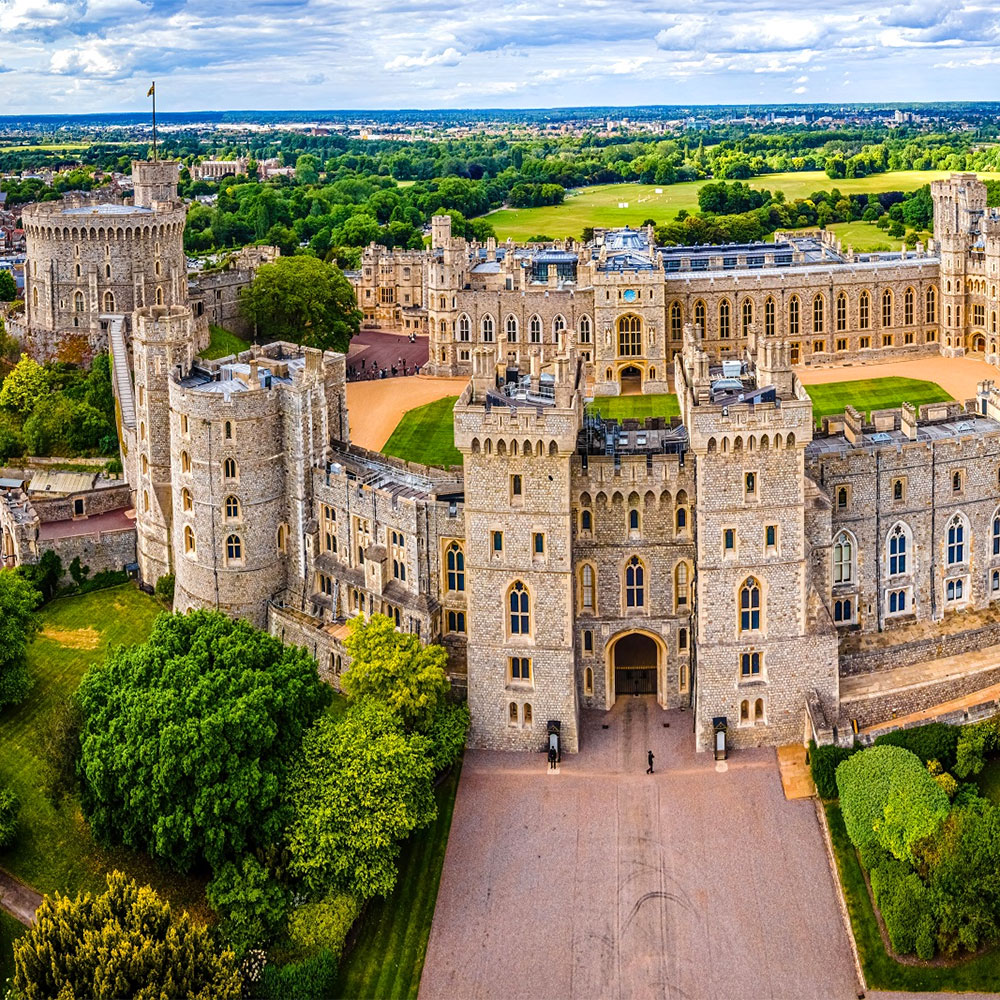
The White Tower, 1078-1100
MAP | EAST LONDON
The White Tower is a former royal residence, the old keep, at the Tower of London in England. It was built by William the Conqueror during the early 1080s, and subsequently extended. The White Tower was the castle’s strongest point militarily, provided accommodation for the king and his representatives, and housed a chapel.
